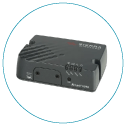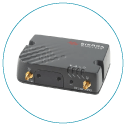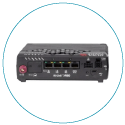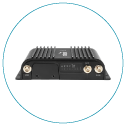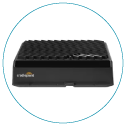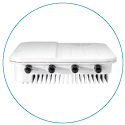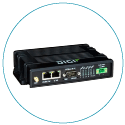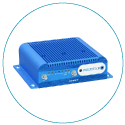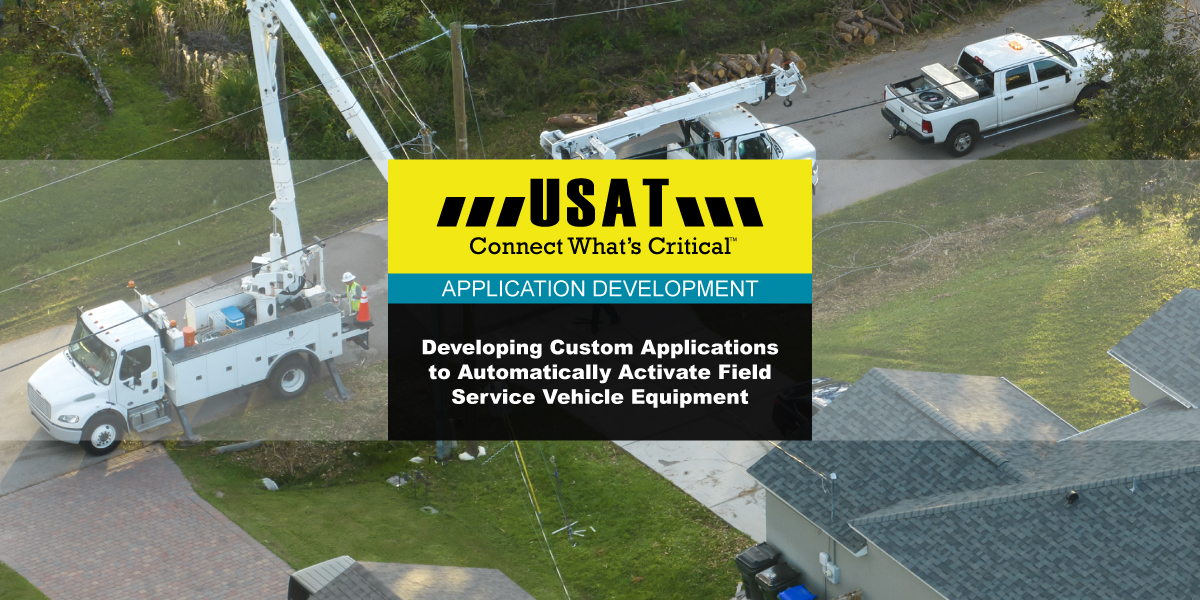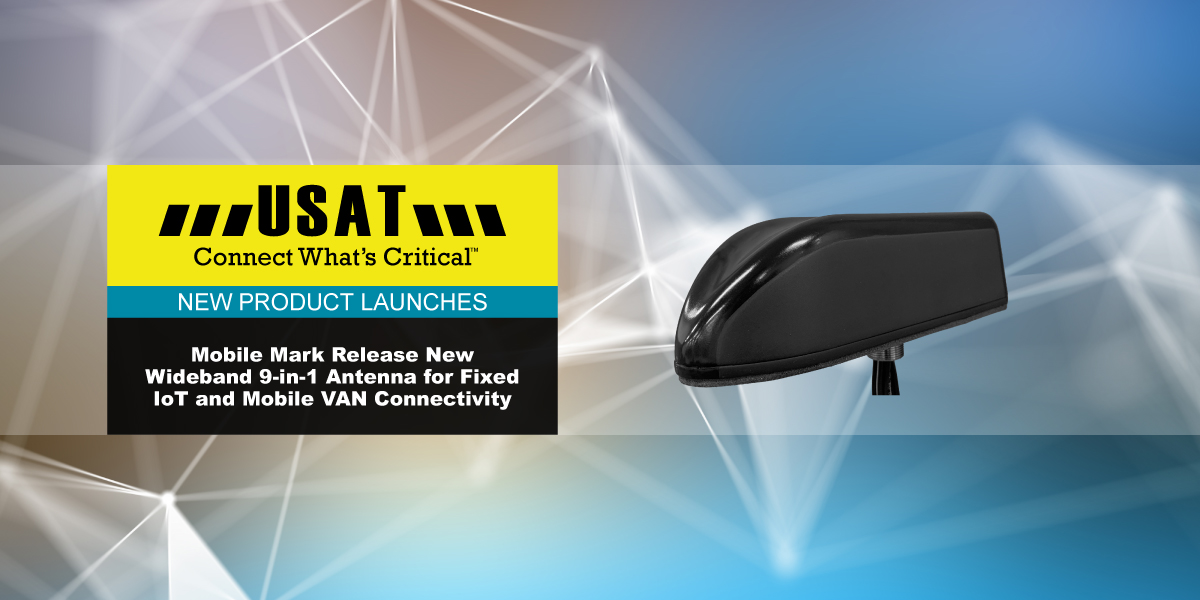When preparing to deploy IIoT for leveraging big data, ask these questions before selecting a solution
Industrial IoT (IIoT) and Industry 4.0 continue to gain prevalence in network architectures across the industrial and manufacturing landscape as businesses more routinely use industrial cellular routers and IIoT to improve operations by increasing efficiencies and reducing waste using the vast wealth of data that IIoT can help provide.
Traditionally, organizations have grappled with the constraints of outdated infrastructure and legacy equipment, which have confined their industrial data. These systems were often segregated, isolated, or operated on separate networks. Managing multiple isolated networks presents challenges regarding administration and staffing, and it also imposes limitations. Isolation obstructs the utilization of this data in large databases or for comprehensive big data analysis.
In numerous IIoT applications, 4G LTE has emerged as the preferred wide-area network (WAN) connectivity solution due to its amalgamation of speed, flexibility, scalability, and extensive coverage, even in rural regions. Enterprises are embracing Wireless WAN (WWAN) and industrial cellular routers for a range of IIoT applications, including predictive maintenance, fleet management, smart metering, video surveillance for security and employee safety, and bidirectional voice communication traffic.
IIoT For Manufacturing
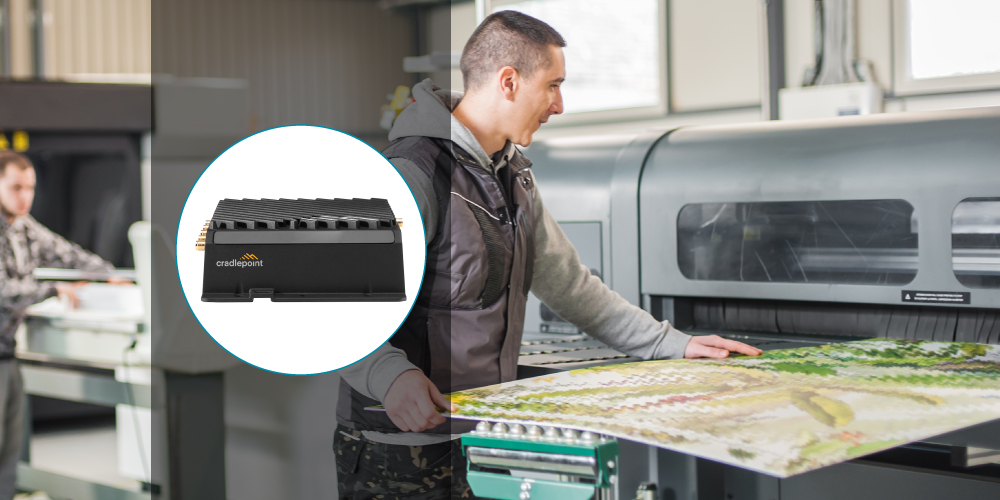
In terms of local area network (LAN) infrastructure, private cellular networks are gradually supplanting industrial ethernet. Private LTE and 5G networks are proving to be well-suited for LAN connectivity within large spaces, while Wi-Fi is limited in terms of bandwidth, scalability, and security.
Considering this significant shift in data accessibility, a series of important and challenging questions arise:
- What approaches can be employed to establish connectivity with legacy devices that rely on outdated protocols?
- What strategies can be implemented to effectively scale IIoT operations in a streamlined manner?
- How can IIoT data extraction be performed without causing disruptions to productivity?
- What measures can be taken to ensure the security of data from legacy equipment that was originally designed for control purposes but is now being exposed to the internet?
IIoT For Energy and Oil Companies
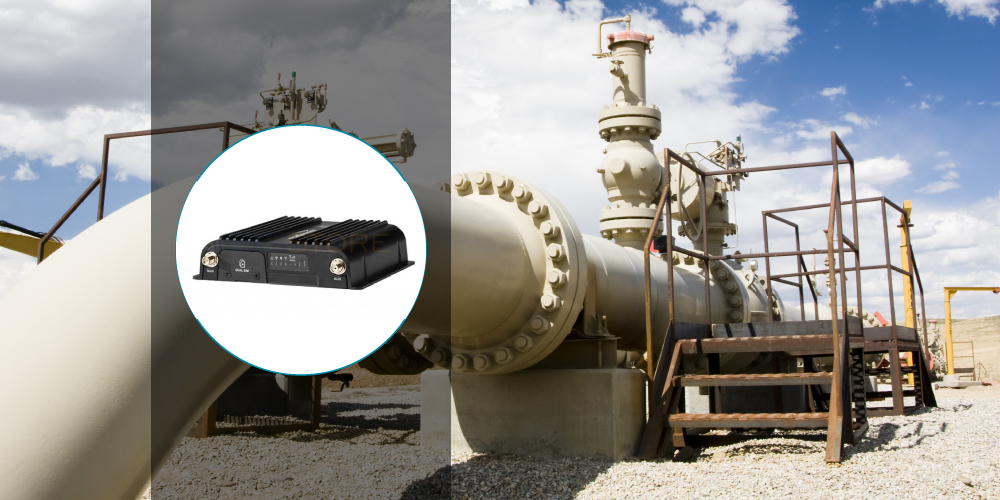
Previously, achieving this level of automation across well sites was nearly impractical without personnel physically present at each location to manually operate switches. However, these actions can now be executed within seconds. Nonetheless, companies face the challenge of integrating equipment that is designed to endure for decades and cannot be easily replaced whenever network connectivity advances.
Another compelling use case for IIoT lies in tank battery monitoring. Following the extraction of oil from the ground, it is pumped into large holding vessels known as tank batteries, situated within oil fields. Traditionally, a tank truck would periodically arrive to collect the fluids—an inefficient process if the tank batteries were only partially filled. By employing remote monitoring of sensor data, these companies can optimize pickup schedules, resulting in significant time and cost savings.
IIoT For Utilities
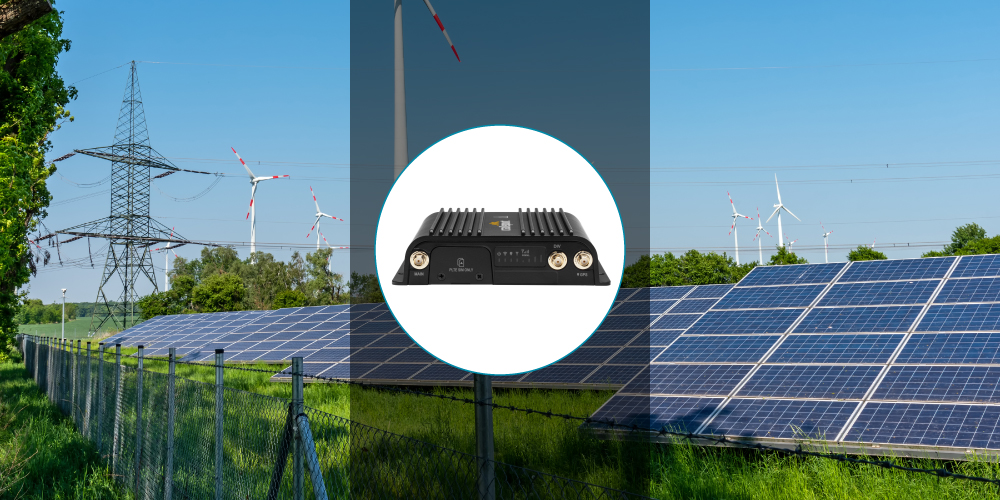
Key Considerations For Selecting An Industrial Cellular Router In Industrial Environments
When choosing an industrial cellular router, both IT and OT teams should evaluate various factors that align with the specific requirements of their use case. These teams should consider a range of pertinent questions, such as:
- Is it designed for industrial use?
In industrial applications, not all gateways are capable of enduring challenging conditions, particularly when SCADA are involved across geographically dispersed areas.When searching for a suitable gateway, prioritize an industrial-strength casing with integrated rugged mounting hardware to minimize potential points of failure. Additionally, carefully review the operating specifications to ensure the device can withstand extreme temperatures, rough handling, and long-term deployments.
- Will it work with solar power?
SCADA applications often depend on solar power due to their remote locations, far from conventional power and phone lines. Before selecting a gateway, it's crucial to assess its power consumption to ensure compatibility with existing or planned solar panels on-site. Upgrading solar panels to accommodate higher power output can be costly, so it may be more beneficial to opt for a gateway that aligns with the current low-cost infrastructure. A recommended starting point is to choose a gateway with a power consumption of less than 1W in idle mode.
- Can it withstand voltage drops and transients?
Machines that have internal combustion engines, such as diesel-powered compressors and generators, pose a challenge to electronic equipment due to voltage fluctuations that can disrupt their operation. To address this, consider gateways equipped with cranking protection, which enables them to withstand these voltage variations and prevents unintended reboots during momentary voltage drops.
Additionally, look for Load Dump protection, which safeguards the gateway against intense voltage spikes that may occur due to loose or disconnected battery terminals.
- Will it survive extreme weather conditions?
Search for a gateway that boasts exceptional resilience, capable of thriving in any environment, be it arctic cold or scorching desert heat. Opt for a model with a wide operating range, such as -30 to +70 °C, for instance. Additionally, verify that the gateway maintains full operational capacity throughout its entire temperature range. Some systems may exhibit limited or reduced performance when exposed to temperatures beyond their typical ratings, so it's crucial to ensure continuous functionality across varying conditions.
- Can I manage it from a central location?
In industrial applications, there can be a substantial number of devices, ranging from hundreds to thousands, spread across a vast geographical area. To optimize efficiency, minimize operating costs, and streamline maintenance, it becomes crucial to manage all these devices through a unified application. This centralized application should offer a comprehensive set of capabilities, including device monitoring, remote firmware upgrades, and the ability to make bulk changes, even long after the initial deployment, ensuring efficient and seamless management of the entire network of devices.
- Is it easy to install?
Before finalizing your gateway selection, ensure that it fits within the available space and can be mounted in the desired configuration. Consider special features like rugged mountings, DIN rail mounting options, corner-aspect LEDs, and integrated heat sinks, as they can simplify the installation process, enhance deployment efficiency, and lead to cost savings in operations. Taking these factors into account will help you streamline the installation and maximize the benefits of your gateway system.
- Is it certified for rugged, secure use?
Multiple standards exist to verify the durability of a gateway. When choosing a gateway, prioritize certifications and approvals such as MIL-STD 810G, IP64, SAE J1455, and E-Mark, as they vouch for the device's ruggedness and reliability. If your gateway will be deployed in hazardous environments, obtaining the Class I Div II certification is crucial to ensure safety and compliance with hazardous location requirements.
- Will it communicate with the rest of my equipment?
Gateways that come with commonly used ports offer greater convenience for expansion and integration into your current setup. Features like RS-232 for serial connectivity, Gigabit Ethernet for local communications, and GPIO for expandability, all contribute to streamlining the deployment process. By incorporating these versatile ports, the gateway becomes more adaptable and easier to work with in your existing infrastructure.
- Will it work with multiple cellular systems?
In the United States, different cellular carriers require specific configurations. Some gateways offer network operator switching, enabling a single product to work with multiple carriers. This means you can use one gateway, even if your installation spans territories that use different cellular services.
- Will it work worldwide?
LTE gateways are designed to work with legacy networks. While 2G and 3G gateways are not compatible with 4G networks, 4G LTE devices are often backward compatible and can work with 2G and 3G networks. This enhances the flexibility of your installation and enables international expansion, as you are not limited to a specific geographical region.
Additional Considerations
- Does this IIoT router offer support for private cellular networks?
- Are there serial ports available on this IIoT router?
- Can this IIoT router facilitate the connection of analog pins?
- What are the options for transmitting our data? Should we keep it in raw protocol or convert it to a more secure format like MQTT?
- Which technologies can be utilized to ensure data security and where should we direct the data?
- Once deployed, can we manage the performance and security of these IIoT routers through a cloud management platform?
- What is the warranty duration for the router?
- How seamlessly does this IIoT solution integrate with Microsoft Azure IoT Central and AWS IoT Greengrass?
- Should we consider implementing edge computing? Does this IIoT solution support container orchestration and edge computing capabilities?
- Does this IIoT router feature a built-in next-gen, context-aware firewall?
- Does this IIoT solution incorporate ZTNA (Zero Trust Network Access) functionalities?
Answering these inquiries, along with others, is a vital step in selecting the most suitable IIoT solution that aligns with the unique requirements of your organization.
About USAT
For over 25 years, USAT has provided mobile communications solutions for various retail applications across the USA. With our extensive catalog of world-class routers, gateways, and software designed for remote monitoring and management in even the harshest environments — you can count on us to get and keep you connected.
Better mobile connectivity translates to less manual equipment maintenance, reduced downtime, and an overall increase in your business's ROI. Contact the experts at USAT to learn how our wireless networking solutions can help meet your organization's exacting needs.
Share this Post



